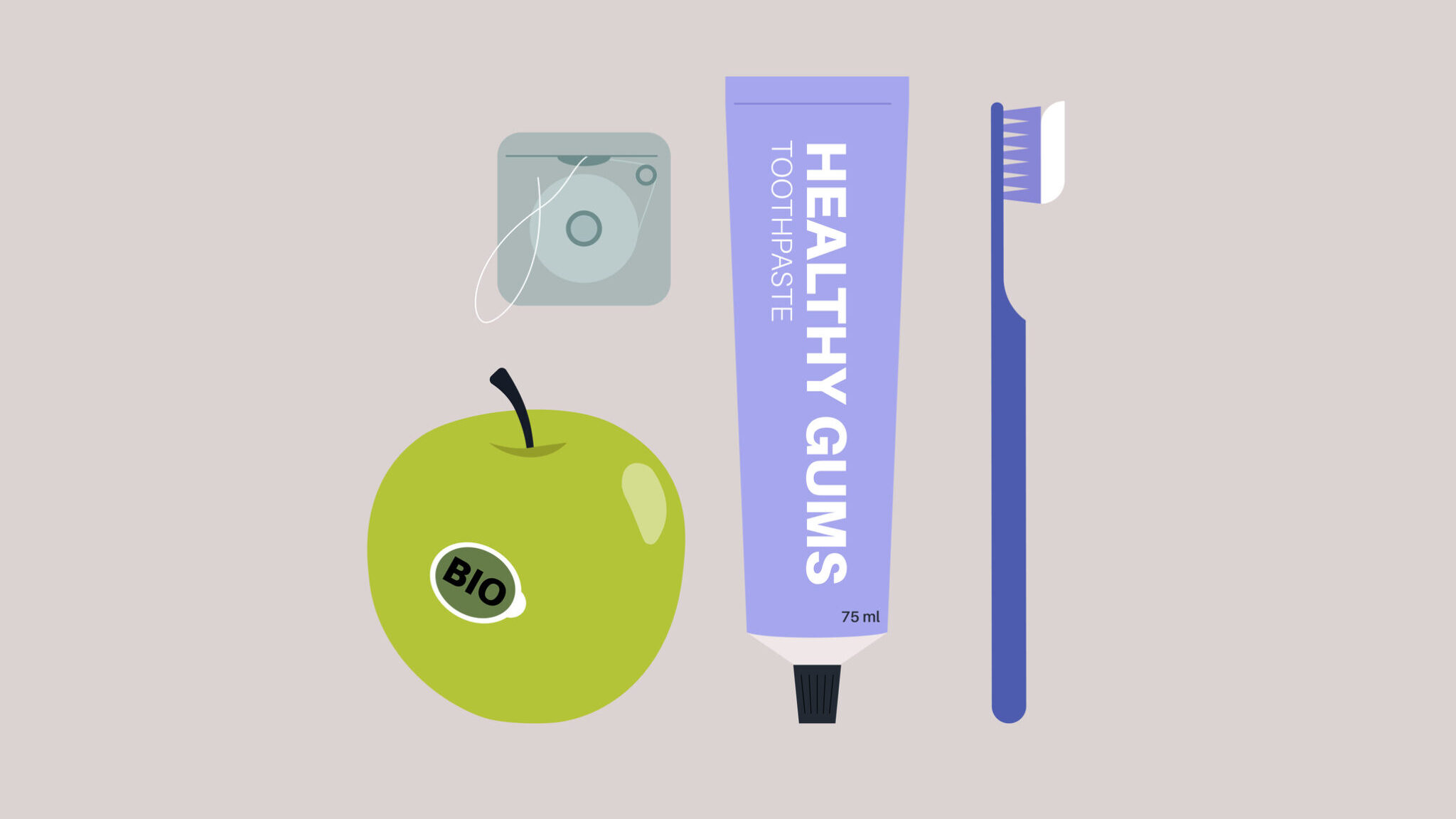On Oct.9th/10, I stopped by the Restorative Dentistry Symposium at the USC Herman Ostrow School of Dentistry in Los Angeles. One of the speakers was Dr. Byong In Sun (Owner of Bisco) who spoke about the chemistry of bonding. I want to share a few tips I picked up there:
- When etching porcelain prior to silanating, if using 4% HF acid you should wait 4-5 minutes prior to rinsing. Bisco sells a 9.5% HF acic which only has to be on the porcelain for 80-90 seconds! Quite a time saver!
- Do not tryin the porcelain restoration in the mouth prior to silanating it as that will contaminate the surface. The correct order is etch (HF acid); silanate (leavinging silane on overnight or longer increases bonding strength); tryin; ultrasonic clean with alcohol; porcelain bonding resin,luting cement.
- After etching the tooth with phosphoric acid, it is suggested to use 2% chlorhexidine to remove the proteins released that degredate the hybrid layer. You can skip this step if you use Bisco’s Uni-etch 32% Phosphoric acid because it contains Benzalconium chloride which inhibits proteins.
- When bonding on enamel only e.g. diastema closures or minimal prep veneers, consider using a porcelain bonding resin that does not contain hema. The Hema absorbs water, picks up stains and weakens the bond.(Often called Porcelain bonding resin)
- If doing an immediate dentine seal technique it is difficult to make provisionals are they bond to the tooth. Bisco has a separating agent to coat over dentine sealed teeth that is easily removed and won’t affect the future bond.
- When using resin ionomer use Polyacrylic acid or EDTA to remove the smear layer first.
- Do not clean zirconium crowns with H3PO4 as it will lower bond strengths; also use a zirconium specific primer that has organophosphate monomer in it.(e.g. Z Prime)
- Two bottle silane systems are much preferred over single bottle ones as they are more effective and last longer.
- Sclerosed dentine is very thin and can be removed with one sweep of a round bur prior to bonding. Fine diamond or carbide burs will work- this creates a smear layer in the tubules which is removed when etching.
- Never etch dentine more than 15 seconds….etch enamel first and wait 15 seconds and then add etch to dentine.













